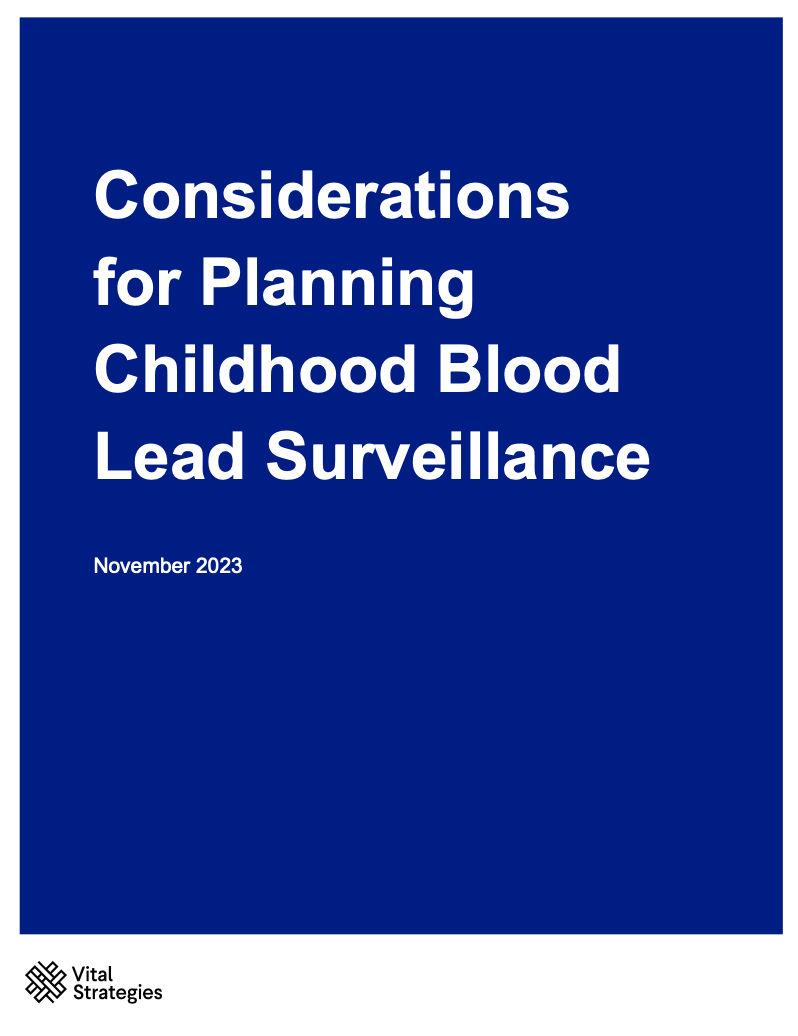Lead is a potent toxin that can severely affect the mental and physical functioning of children and the health of adults. Young children are particularly susceptible to lead poisoning because they absorb far more lead from their environments than adults and because their central nervous systems are still developing. Early detection and prevention of exposure to lead are particularly important as neurological and behavioral impacts due to lead exposure among children are generally irreversible. Blood lead surveillance is an important tool to serve this purpose.
This document is meant to be used as a tool to facilitate discussion with national and local government institutions to explore the most suitable lead surveillance model for a given setting. This document provides an overview of options and considerations for designing a national or regional childhood blood lead surveillance. The ultimate selection of an approach should be based on engagement with a broad group of stakeholders.
Recent Abstracts
2024 Activity Report – Brazil
Estimação do impacto de diferentes cenários de redução do consumo de álcool no…
Estimation of the impact of various scenarios of reduction of alcohol use in…
Relatório de Atividades 2024 – Brasil
The Future of Health Financing in Africa: The Role of Health Taxes
RESET Alcohol Initiative Case Study: Media Campaign Resonates with the Public in Mexico
RESET Alcohol Initiative Case Study: A Historic Win for Alcohol Policy in Brazil
Effects of Heat on Early Childhood Development
Blood Lead Surveillance of Children and Pregnant Women in Tamil Nadu, India
Sportswashing through Media: Coca-Cola’s Olympic Play – A Research Report
